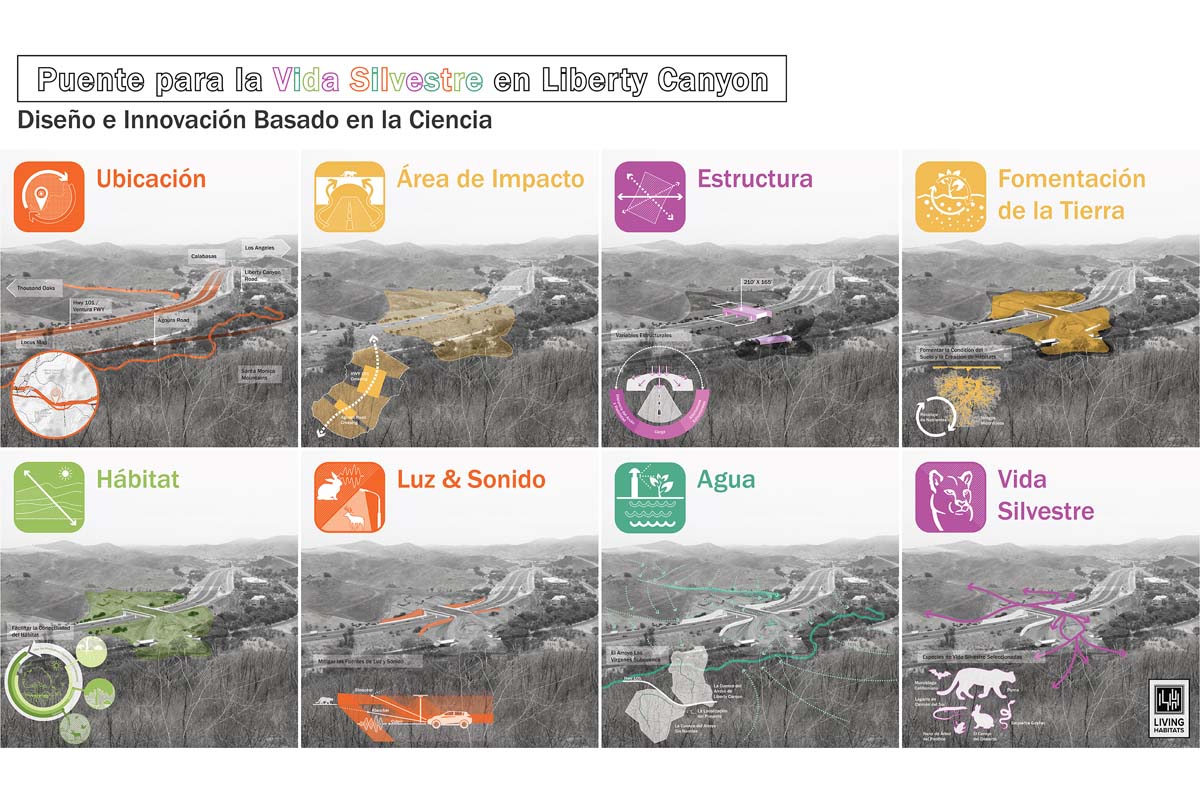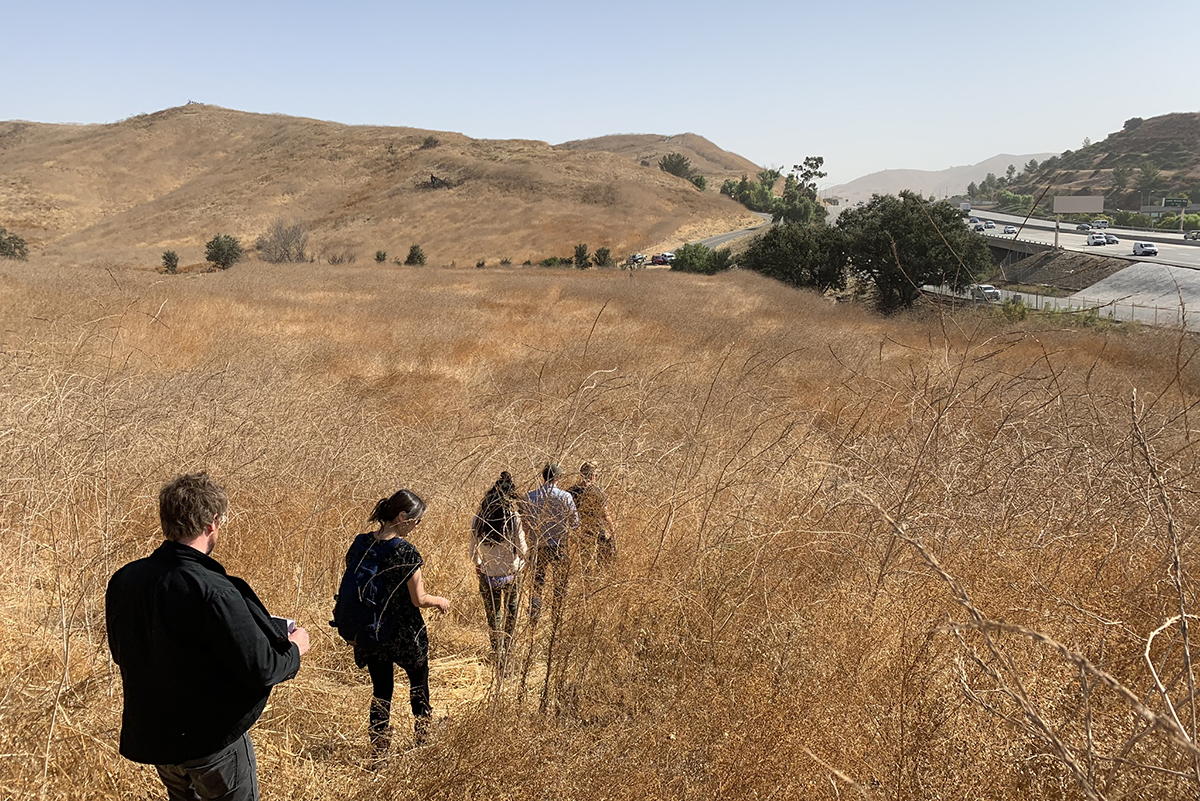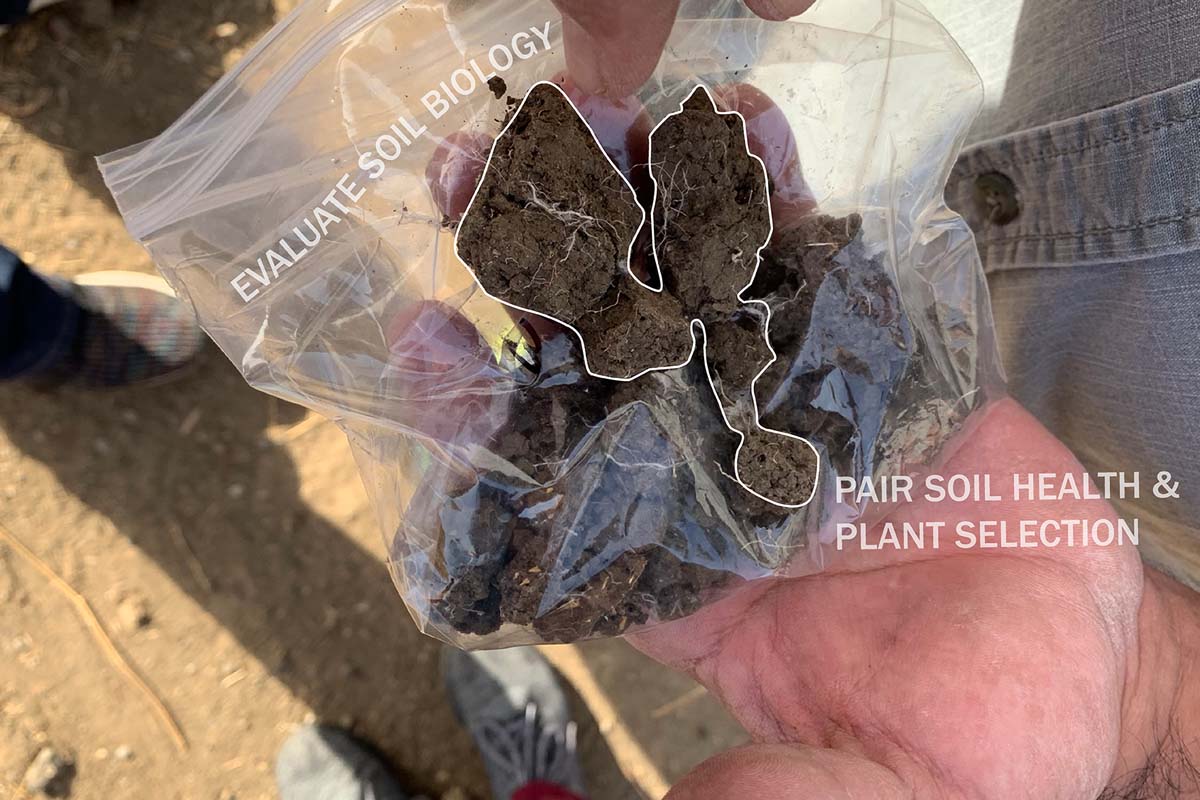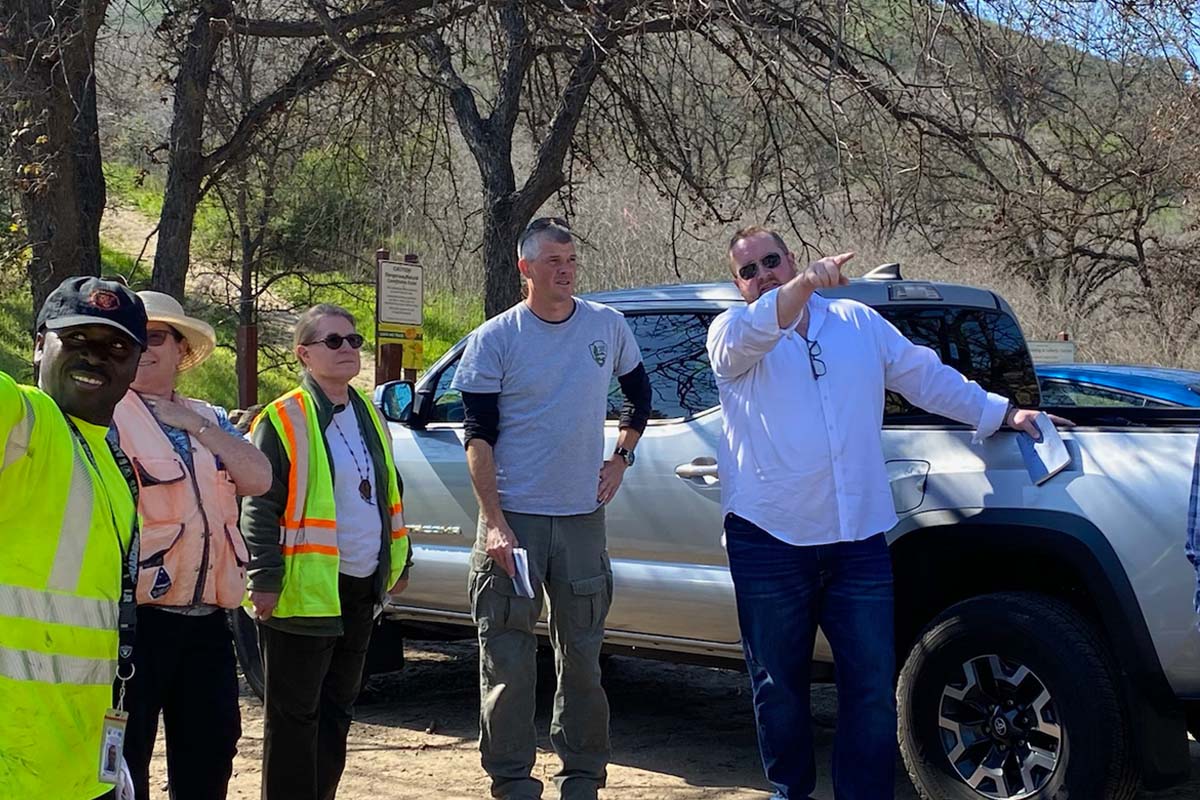Wallis Annenberg Wildlife Crossing
AGOURA HILLS, CALIFORNIA / 2019-PRESENTThe Wallis Annenberg Wildlife Crossing project represents a decades-long effort to preserve open space and create habitat connections for animal populations whose continued existence is threatened by human mobility and transportation infrastructure. As one looks at a map of the region, it is clear that the surrounding freeways and developments have rendered the Santa Monica Mountains a virtual island for wildlife. These constraints have long served to limit both the ability for movement and the potential for genetic diversity in the resident populations. Once constructed, the Wallis Annenberg Wildlife Crossing will be the largest of its kind in the world and will set a new standard for urban wildlife connectivity.
For this project to succeed beyond the substantial engineering feat required to span the 101 freeway, the new landscape-driven solution must be understood as an integral, living, and evolving element. The soil and vegetation that combine to create this vital habitat go well beyond conventional fill or structural overburden to create an ecological stitch from one side of the freeway to the other. This crossing will be managed and evaluated as a complete system, taking into account the continuity of wildlife movement across this new landscape as well as the re-establishment of acres of critical habitat that will be occupied by a wide array of species both large and small.
Since 2019, Living Habitats has been directing the design and collaborating with Caltrans District 7 on the preparation of the final engineering drawings. Additionally, the LH team is working with the Project Partners – Caltrans, the Mountains Recreation and Conservation Authority, the National Park Service, the National Wildlife Federation and the Resource Conservation District of the Santa Monica Mountains – to develop outreach and communication materials for the project as well as collaborating with scientists, researchers, and academics to infuse the design with the best available knowledge and advances in related fields of study.







